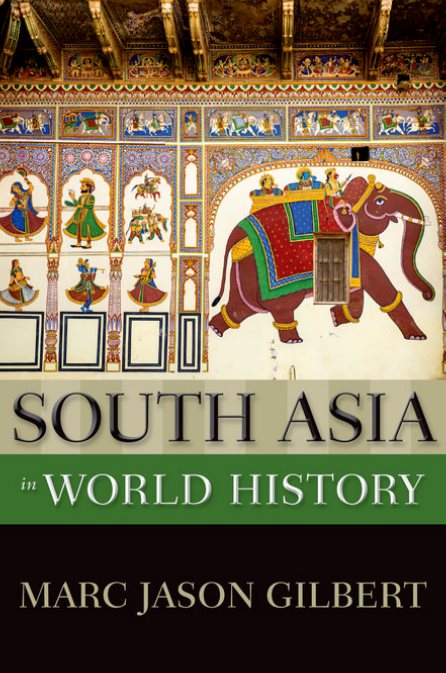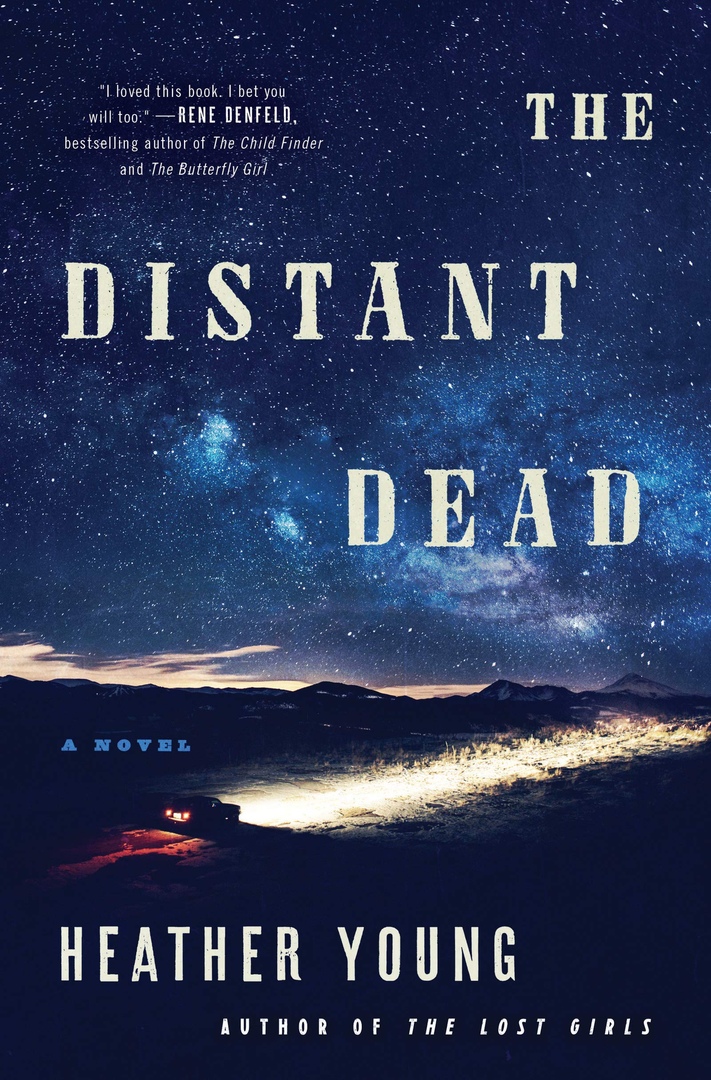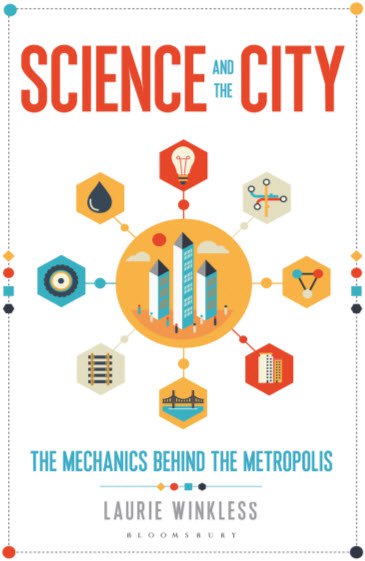The Clean Body: A Modern History – Peter Ward
1) The Clean Body: A Modern History – Peter Ward
McGill-Queen University Press | 2019 | PDF
How often did our ancestors bathe? How often did they wash their clothes and change them? What did they understand cleanliness to be? Why have our hygienic habits changed so dramatically over time? In short, how have we come to be so clean? The Clean Body explores one of the most fundamental and pervasive cultural changes in Western history since the seventeenth century: the personal hygiene revolution. In the age of Louis XIV bathing was rare and hygiene was mainly a matter of wearing clean underclothes. By the late twentieth century frequent — often daily — bathing had become the norm and wearing freshly laundered clothing the general practice. Cleanliness, once simply a requirement for good health, became an essential element of beauty. Beneath this transformation lay a sea change in understandings, motives, ideologies, technologies, and practices, all of which shaped popular habits over time. Peter Ward explains that what began as an urban bourgeois phenomenon in the later eighteenth century became a universal condition by the end of the twentieth, touching young and old, rich and poor, city dwellers and country residents alike. Based on a wealth of sources in English, French, German, and Italian, The Clean Body surveys the great hygienic transformation that took place across Europe and North America over the course of four centuries.
2) Clean: A History of Personal Hygiene and Purity – Virginia Smith
Oxford University Press | 2009 | PDF
In this pioneering book, Virginia Smith combines archeology, psychology, biology, and sociology to reveal how and why standards of cleanliness have come to exist today. Using hundreds of first-hand accounts and sources, Smith bring us from the Neolithic age to the present, peppering her engaging prose with enlightening and often surprising details.
Subconscious cleanliness has been with us since the first cell ejected a foreign invader. Even at the earliest stages of human development, our bodies produced pleasure-giving chemical opiates when things smelled or felt clean, inducing us to do things like bathing and removing dirty clothes. The need to be clean led directly to socialization, as we turned to our fellows for help with those hard to reach spots. In Eurasia during the Bronze Age, an emerging hierarchy of wealthy elites turned their love of grooming into an explosion of the cosmetic and luxury goods industry, greatly effecting the culture and economy of a vast area and leading to advances in chemistry and medicine.
The history that follows, from Greece and Rome, where citizens focused much of their leisure time on perfecting, bathing, or just writing about the model athletic body, through Europe in the middle ages and the following centuries, is full of intriguing customs, convoluted treatises, and many reversals. Baths were good for you, baths were bad for you, baths were good again–but only if they were quite cold. Even the enlightened medical knowledge of modern times could not stop an onslaught of health remedies, treatments, spas, and New Age nature cures that were to follow. While today we are immeasurably closer–perhaps too close–to knowing just what “clean” means to our bodies, we are still just as far as we ever were on agreeing what it means to our souls.
This engrossing and highly original work will introduce you to the customs and ideas of a myriad of cultures from centuries of human history. Not only will you gain a new perspective on the wonderful diversity of the world, but you’ll never look at your toothbrush the same way again.
3) Sweet and Clean?: Bodies and Clothes in Early Modern England – Susan North
Oxford University Press | 2020 | PDF
Sweet and Clean? challenges the widely held beliefs on bathing and cleanliness in the past. For over thirty years, the work of the French historian, George Vigarello, has been hugely influential on early modern European social history, describing an aversion to water and bathing, and the use of linen underwear as the sole cleaning agent for the body. However, these concepts do not apply to early modern England. Sweet and Clean? analyses etiquette and medical literature, revealing repeated recommendations to wash or bathe in order to clean the skin. Clean linen was essential for propriety but advice from medical experts was contradictory. Many doctors were convinced that it prevented the spread of contagious diseases, but others recommended flannel for undergarments, and a few thought changing a fever patient’s linens was dangerous. The methodology of material culture helps determine if and how this advice was practiced. Evidence from inventories, household accounts and manuals, and surviving linen garments tracks underwear through its life-cycle of production, making, wearing, laundering, and final recycling. Although the material culture of washing bodies is much sparser, other sources, such as the Old Bailey records, paint a more accurate picture of cleanliness in early modern England than has been previously described. The contrasting analyses of linen and bodies reveal what histories material culture best serves. Finally, what of the diseases-plague, smallpox, and typhus-that cleanliness of body and clothes were thought to prevent? Did following early modern medical advice protect people from these illnesses?
4) The Dirt on Clean: An Unsanitized History – Katherine Ashenburg
North Point Press | 2008 | EPUB
A spirited chronicle of the West’s ambivalent relationship with dirt
The question of cleanliness is one every age and culture has answered with confidence. For the first-century Roman, being clean meant a two-hour soak in baths of various temperatures, scraping the body with a miniature rake, and a final application of oil. For the aristocratic Frenchman in the seventeenth century, it meant changing your shirt once a day and perhaps going so far as to dip your hands in some water. Did Napoleon know something we didn’t when he wrote Josephine “I will return in five days. Stop washing”? And why is the German term Warmduscher―a man who washes in warm or hot water―invariably a slight against his masculinity? Katherine Ashenburg takes on such fascinating questions as these in Dirt on Clean, her charming tour of attitudes to hygiene through time.
What could be more routine than taking up soap and water and washing yourself? And yet cleanliness, or the lack of it, is intimately connected to ideas as large as spirituality and sexuality, and historical events that include plagues, the Civil War, and the discovery of germs. An engrossing fusion of erudition and anecdote, Dirt on Clean considers the bizarre prescriptions of history’s doctors, the hygienic peccadilloes of great authors, and the historic twists and turns that have brought us to a place Ashenburg considers hedonistic yet oversanitized.
5) The Nature and Function of Water, Baths, Bathing and Hygiene from Antiquity through the Renaissance – Cynthia Kosso, Anne Scott
Brill | 2009 | PDF
These essays offer scholars, teachers, and students a new basis for discussing attitudes toward, and technological expertise concerning, water in antiquity through the early Modern period, and they examine historical water use and ideology both diachronically and cross regionally. Topics include gender roles and water usage; attitudes, practices, and innovations in baths and bathing; water and the formation of identity and policy; ancient and medieval water sources and resources; and religious and literary water imagery. The authors describe how ideas about the nature and function of water created and shaped social relationships, and how religion, politics, and science transformed, and were themselves transformed by, the manipulation of, uses of, and disputes over water in daily life, ceremonies, and literature.



